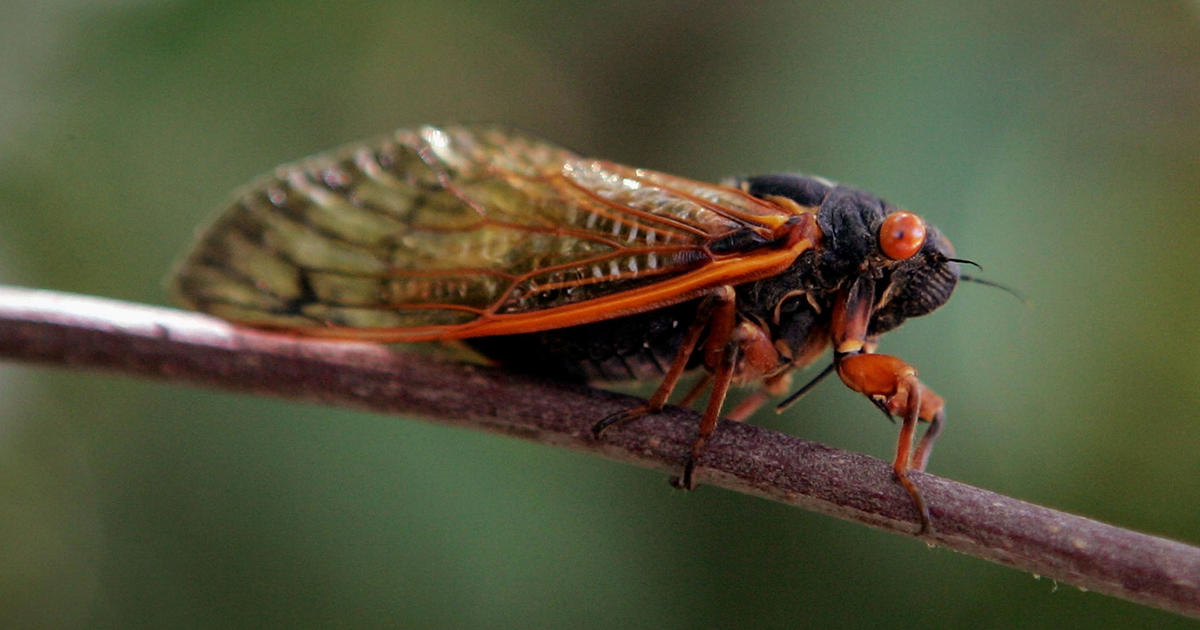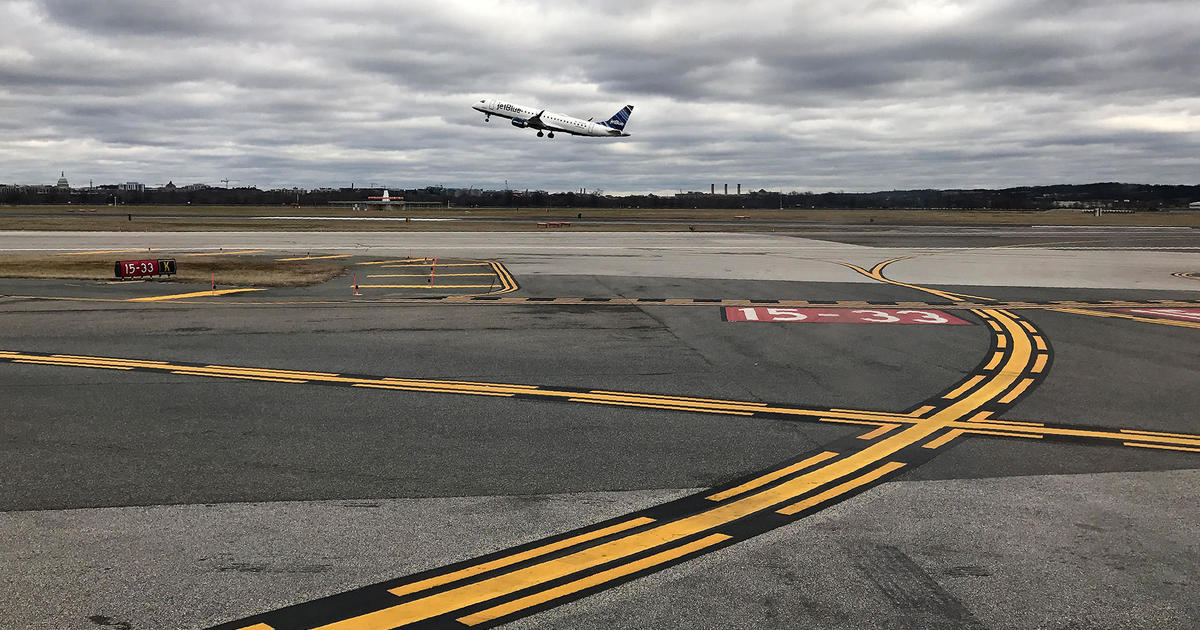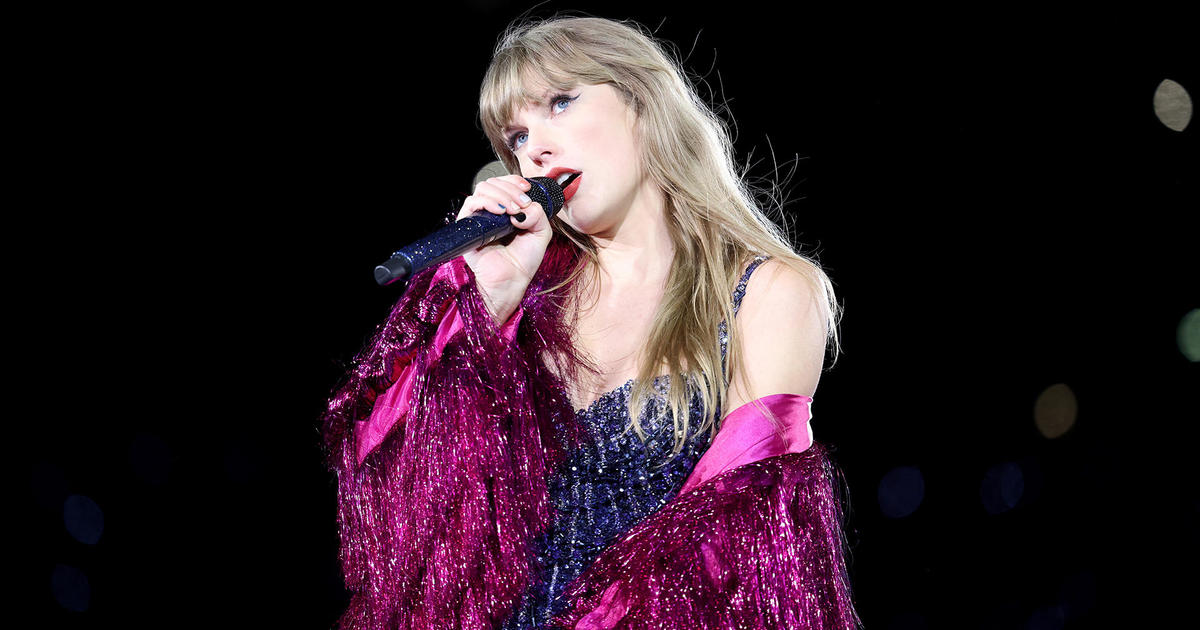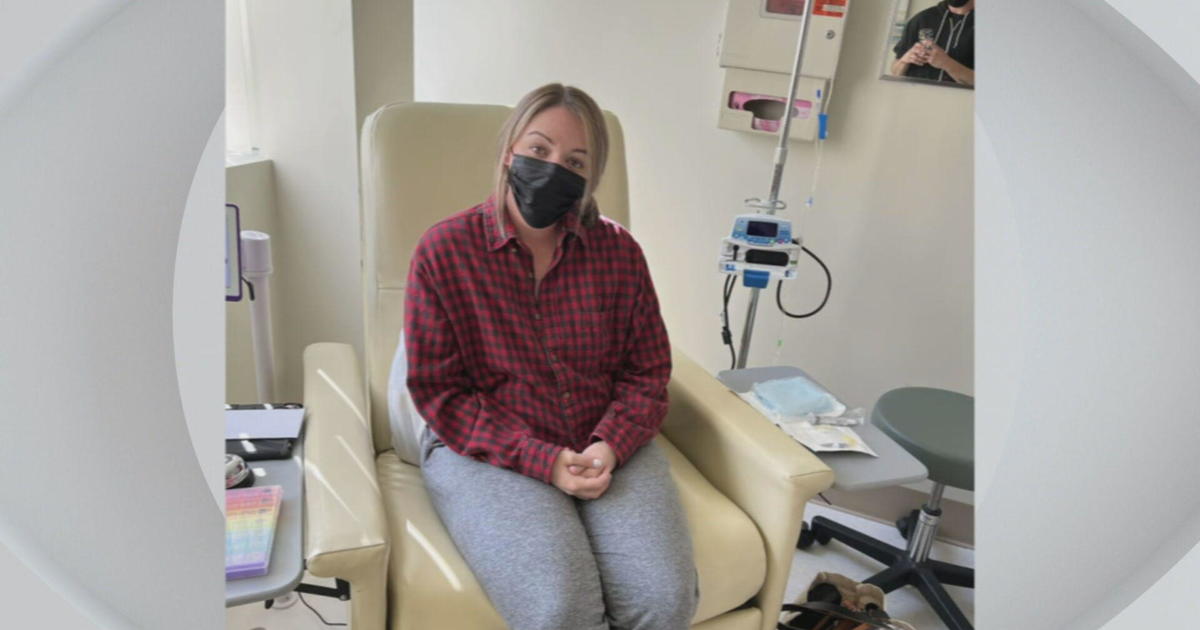Increase In Severe Air Turbulence Could Lead To Pricier Flights
BOSTON (CBS) - Just about every air traveler dreads a bumpy flight. The problem is we may have to get more accustomed to them. Some scientists believe turbulence is only going to get worse in the coming years.
"When the wind speeds become strong in one place and weak in another, that difference between the strong and the weak flow can become unstable," explained Frank Colby, a professor of meteorology at the University of Massachusetts at Lowell. "What happens is the atmosphere reacts by breaking into turbulence, and violent mixing is going on."
That's the scientific definition of turbulence. Passengers at Logan Airport describe it as food flying in the cabin, and holding onto armrests with white knuckles while praying.
Some scientists believe increases in carbon dioxide are causing more volatility in the jet streams. "You are going to have more of a difference in wind speeds, in the fast and the slow," said Colby. "You are going to have greater incidence of turbulence, and perhaps stronger turbulence, or more likely more instances of severe turbulence."
A nightmare scenario unfolded on United Flight 1676, heading from Denver to Billings, MT this past February. The jet hit severe turbulence and started plummeting from 32,000.
Stacey Inverson Huck was on that flight and said, "The whole nose of the plane was down, and we were going down. I honestly thought that was my last day on earth."
One flight attendant was critically injured.
The next day a Cathay Pacific flight had a similar experience. The cabin of the plane looked like a war zone when it finally landed in Hong Kong after making it through rough skies. One passenger said people were tossed throughout the cabin.
Steve Cunningham runs Nashua Flight Simulator in Manchester, NH and trains pilots to handle turbulence. "You are really working hard to keep the airplane level, the wings level," said Cunningham about what it's like to fly through turbulence.
Pilots are accustomed to handling bumps, but it still can present problems. So called "Clear Air Turbulence" is of particular concern because this type of turbulence can't be detected. Pilots only know it's there after they've hit it, or if they received a warning from another pilot who is in front of them.
"It's very abrupt and it is very sudden," explained Cunningham. "You can drop 100-200 feet in a matter of seconds."
It's not just the obvious discomfort and anxiety that comes with a rough ride that could become the new normal for passengers. Increased levels of turbulence could increase ticket prices.
"The result is going to be more expensive flights because they are going to have to fly at less optimal elevations . . . if you fly lower, you could have more friction and the planes are less efficient and are going to use more fuel," explained Colby.
"If you have to zig-zag around the clear air turbulence, it's a longer flight. It's more fuel. You start looking at this and it adds up," added Colby.
Colby believes scientists are become more focused on this problem and is confident forecasters will develop new tools to help advise pilots ahead of time.
MORE LOCAL NEWS FROM CBS BOSTON



